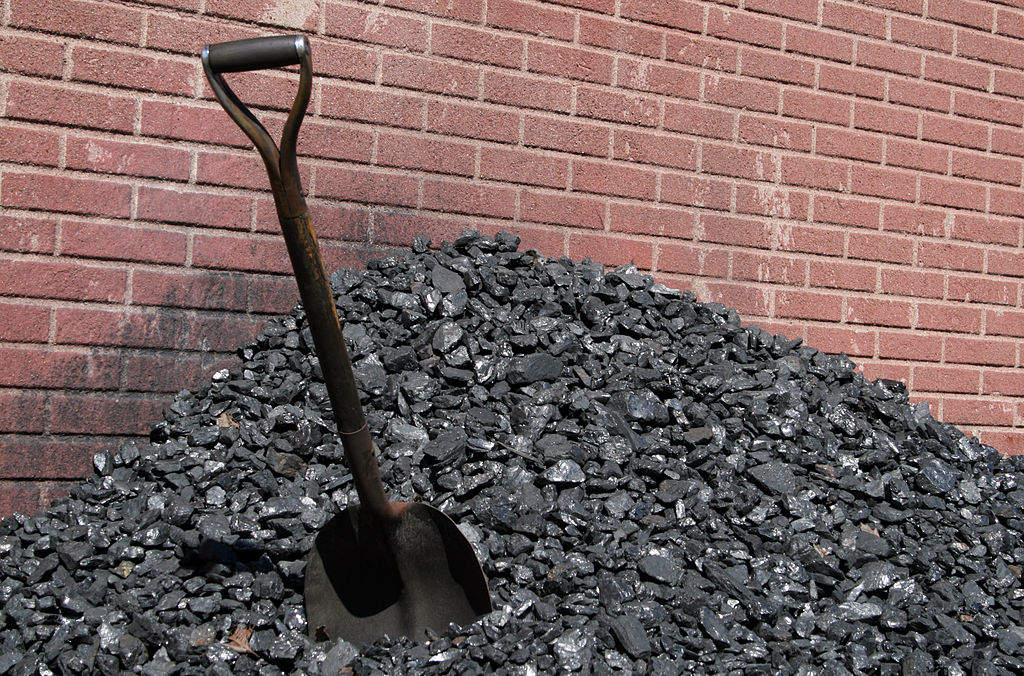
On the final weekend of March, passersby close to the old quarry at Hamilton Hinkle Paving in Georgetown, Kentucky may well have felt the curious sensation of having travelled back in time to industrial days of yore.
They will have seen groups of miners ferociously shovelling coal into old boxcars, before running them down old track lines – a process known as ‘mucking’, prevalent in the early days of excavation.
They may have even witnessed other groups panning for gold, separating dirt from metal in a manner immortalised by salivating prospectors during the gold rush of the 19th century.
Going back in time: Mucking and gold panning
Without a Delorean or flux capacitor in sight, last month saw the 39th International Collegiate Mining Games, in which mining and engineering students from across the world convened in the Bluegrass State to display their proficiency in old-fashioned extraction techniques.
For the first time in the competition’s history it was hosted by the Muckin’ Wildcats team of students from the University of Kentucky’s Department of Mining Engineering, 32 teams were on show from universities across the US, Canada, Australia, the UK and Brazil.
Aside from mucking and gold panning, other events included swede sawing – a five-person relay to saw through a six-inch-by-six-inch block of timber – as well as tack standing, which is dependent on teamwork to build and tear down a section of track; hand steeling, which requires competitors to draw on physical strength to drill a hole with a 4lb hammer and chisel; and jackleg drilling, a popular means of pneumatic drilling used during the industrial revolution.
Networking and career openings
The spirit of the event belies the brutal and sometimes dangerous traditional mining conditions. While there is a clear element of competitiveness – teams spend around 12 hours a week shovelling, sawing and hammering to prepare for the competition – the atmosphere is best described as convivial, whereby students from rival teams are encouraged to mix and stay connected.
“I have many friends from all around the world because of this competition,” explains Tristan Worsey, a University of Kentucky doctoral student and Muckin’ Wildcats fundraiser coordinator. “There are social functions each night of the competition so universities and industry can network.
“The spirit of the competition is about teaching students hard work ethic and teamwork skills. If any team does something out of the spirit of the competition then the judges are allowed to rule against it – even if it isn’t in the rules.”
Worsey, who also works in the Lexington offices of international geosciences and engineering firm RESPEC, credits the competition with affording students invaluable career openings into the industry.
“Many students also get internships from meeting industry at the competition,” he says. “This year’s competition had 210 students competing and around 50 industry members judging and volunteering at the competition.”
The competition is also notable for the fact that it is largely funded by the students themselves, with no financial input from universities. By Worsey’s estimates, this year’s event cost the University of Kentucky student body in the region of $120,000 to put together.
Breaking the glass ceiling?
Not that anyone’s complaining. As well as topping the men’s division, Jennifer Holloway, a mining engineering student from the Missouri University of Science and Technology, captained her side to victory in the women’s competition.
“We were very excited to perform the way we did,” she says. “We practice all year and dedicate a great deal of time in preparation. The women’s team strives for goals that will ensure our success, this year the team exceeded my expectations. I am very proud to be a part of such a wonderful organisation and to represent Missouri S&T.”
The inclusion of female teams is also indicative of the growing representation of women in the mining sector. When the first International Collegiate Mining Competition was held in 1978, it was a strictly patriarchal affair. Today, it is possible for women to compete in all-female teams, but also, “the University of Kentucky had a female on the men’s team when we went to compete in Australia two years ago”, says Worsey.
Holloway, however, stops short of suggesting the glass ceiling has well and truly shattered across the sector.
“The role of women in the mining industry is hard to answer,” she says. “Women are generally accepted into the field more so than in the past. Some companies are better than others.”
In remembrance: Poignant beginnings still ring true
The basis for the launch of the games in 1978 was in remembrance of 91 miners killed in a fire six years earlier at the Sunshine Mine in Kellogg, Idaho, one of the world’s biggest silver mines.
According to Worsey, the central theme of the competition is still about “honouring fallen miners”. However, as of October 2016, mining deaths in America were at an all-time low, with 24 fatalities between October 2015 and September 2016 – down 30% year on year – as reported by CNN.
For all the new and advanced technology now on offer to today’s miners, the competition also serves as something of a history lesson, says Worsey, enabling students to “keep old traditions alive”. For this reason, he adds, “We try not to change the competition and keep the spirit of the competition constant”.
Doubtless this ethos will be firmly in place when the competition moves to Camborne School of Mines, University of Exeter, next year for what will mark its 40th anniversary.



